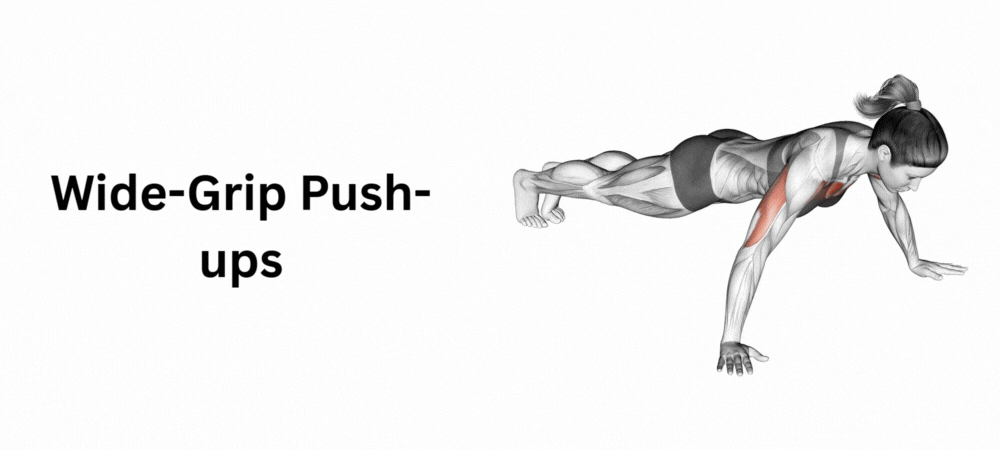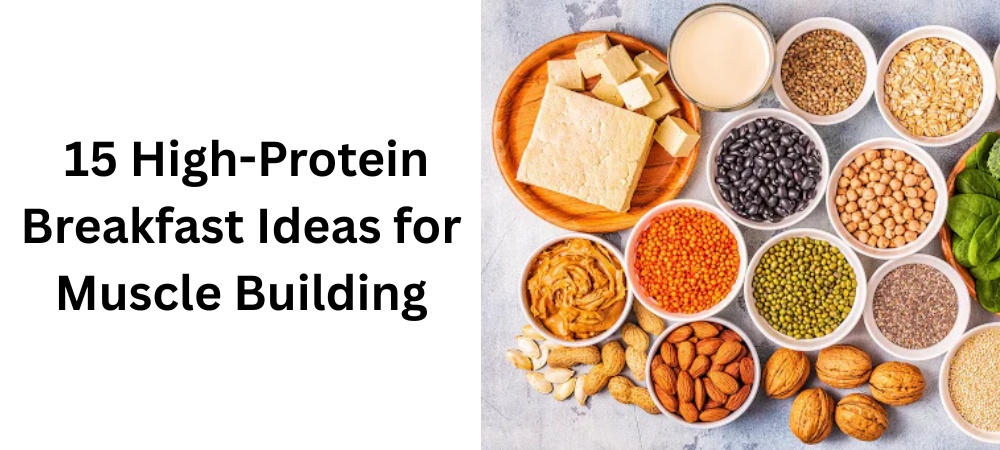Body composition refers to the proportion of fat, muscle, bone, and other tissues that make up your body. It is a critical aspect of overall health and fitness, as it can significantly impact your risk of developing chronic diseases, your physical performance, and your aesthetic appearance. Understanding your body composition goes beyond just knowing your weight on the scale; it involves assessing the distribution of different tissue types in your body. In this comprehensive guide, we’ll delve into the various methods used to measure body composition, the significance of each metric, and how you can use this information to optimize your health and fitness goals.
You can check the calculator at Exrx website
Why Body Composition Matters
Traditionally, weight alone has been used as a primary indicator of health and fitness. However, this simplistic approach fails to account for the distribution of weight within the body. For example, two individuals with the same weight can have vastly different body compositions—one may have a higher percentage of muscle mass, while the other may have more body fat. This discrepancy can have significant implications for overall health.
Body composition is a better predictor of health outcomes than weight alone. Excess body fat, particularly visceral fat (fat stored around internal organs), is associated with an increased risk of obesity-related conditions such as type 2 diabetes, heart disease, and certain cancers. Conversely, having a higher proportion of lean muscle mass is linked to improved metabolic health, better physical function, and a reduced risk of chronic disease.
Methods of Measuring Body Composition
Several methods are used to assess body composition, each with its advantages and limitations. These methods can be broadly categorized into two main types: direct and indirect measurements.
Direct Measurements
Direct measurements involve physically quantifying the different components of the body. While these methods are highly accurate, they are often expensive, invasive, and require specialized equipment. Direct methods include:
- Dual-Energy X-ray Absorptiometry (DEXA): DEXA scanning uses low-dose X-rays to differentiate between bone, fat, and lean tissue. It provides detailed information about bone density and body composition, making it the gold standard for measuring body fat percentage.
- Hydrostatic Weighing: Also known as underwater weighing, this method relies on the principle of buoyancy to determine body density. By comparing weight underwater to weight on land, hydrostatic weighing can calculate body fat percentage with high precision.
- Air Displacement Plethysmography (Bod Pod): The Bod Pod measures body composition by assessing air displacement in a sealed chamber. It is based on the same principle as hydrostatic weighing but does not require submersion in water.
Indirect Measurements
Indirect methods estimate body composition based on factors such as body size, shape, and electrical conductivity. While these methods are less accurate than direct measurements, they are more accessible, convenient, and less expensive. Indirect methods include:
- Bioelectrical Impedance Analysis (BIA): BIA measures the body’s impedance (resistance to electrical flow) to estimate body composition. It involves passing a low-level electrical current through the body and analyzing the impedance to determine the proportions of fat, muscle, and water.
- Skinfold Calipers: Skinfold calipers measure the thickness of subcutaneous fat at specific sites on the body (e.g., triceps, abdomen, thigh). By summing the skinfold measurements, an estimate of total body fat percentage can be obtained.
- Body Mass Index (BMI): BMI is a simple calculation that divides weight (in kilograms) by height squared (in meters). While widely used as a screening tool for obesity, BMI does not distinguish between fat and muscle mass and may misclassify individuals with high muscle mass as overweight or obese.
Interpreting Body Composition Metrics
Once you have measured your body composition, it’s essential to understand what the numbers mean and how they relate to your overall health and fitness goals. Key metrics to consider include:
- Body Fat Percentage: This represents the proportion of your body weight that comes from fat tissue. Ideal body fat percentages vary depending on factors such as age, gender, and fitness level, but generally range from 10-20% for men and 20-30% for women. Higher body fat percentages are associated with an increased risk of obesity-related health conditions.
- Lean Body Mass: Also known as fat-free mass, lean body mass includes muscle, bone, organs, and water content. Increasing lean body mass through strength training is associated with improved metabolic health, increased calorie expenditure, and better physical function.
- Visceral Fat Level: Visceral fat is the fat stored around internal organs in the abdominal cavity. High levels of visceral fat are linked to an increased risk of metabolic syndrome, insulin resistance, and cardiovascular disease. Monitoring visceral fat levels can provide insight into your risk of developing these conditions.
- Body Mass Index (BMI): While BMI is not a direct measure of body composition, it is often used as a proxy for assessing weight status. However, it has limitations, particularly in individuals with high muscle mass or certain body types. Therefore, it should be interpreted alongside other body composition metrics.
Using Body Composition Data to Achieve Your Goals
Understanding your body composition can help you set realistic health and fitness goals and track your progress over time. Whether your objective is to lose body fat, gain muscle mass, or improve overall health, here are some strategies for using body composition data effectively:
- Set Specific Goals: Instead of focusing solely on weight loss, aim to reduce body fat while preserving lean muscle mass. Set specific, measurable targets for body fat percentage, lean body mass, and visceral fat level.
- Tailor Your Nutrition Plan: Adjust your diet to support your body composition goals. Consume adequate protein to support muscle growth and repair, prioritize whole foods over processed options, and be mindful of calorie intake to achieve a healthy balance.
- Incorporate Strength Training: Incorporate resistance training exercises into your workout routine to build lean muscle mass and increase metabolism. Aim for a combination of compound exercises (e.g., squats, deadlifts, bench presses) and isolation exercises (e.g., bicep curls, tricep extensions) to target different muscle groups.
- Monitor Progress Regularly: Periodically reassess your body composition to track changes over time and adjust your approach as needed. Celebrate small victories and stay motivated by focusing on improvements in body composition metrics rather than fluctuations in weight.
- Seek Professional Guidance: Consider consulting with a qualified healthcare professional, nutritionist, or personal trainer to help interpret your body composition data and develop a personalized plan tailored to your goals and needs.
In conclusion, understanding your body composition is essential for optimizing your health and fitness. By measuring metrics such as body fat percentage, lean body mass, and visceral fat level, you can gain valuable insights into your overall health status and make informed decisions about diet, exercise, and lifestyle. Whether your goal is to lose weight, build muscle, or improve metabolic health, incorporating body composition assessment into your wellness routine can empower you to achieve lasting success and lead a healthier, happier life.








